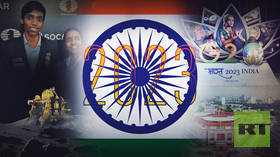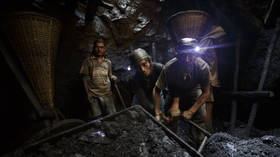Bhopal tragedy: 40 years later, 150,000 victims of an American pesticide factory disaster face a grave threat to their health
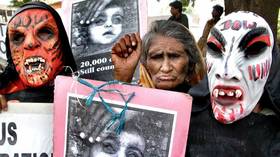
Firoza Bi was just a teenager when the world’s worst industrial disaster – the Bhopal gas tragedy of December 3, 1984 – wreaked havoc on the citizens of Bhopal, Madhya Pradesh (MP), in the heart of India.
She developed breathing problems and has been living with high blood pressure since puberty as the result of inhaling methyl isocyanate (MIC), which leaked from a pesticide factory run by the Indian subsidiary of American company Union Carbide. Skin ailments and blisters have become part and parcel of her life. Now aged 55, Firoza still seeks treatment in the government-run Jawaharlal Nehru Gas Rahat (relief) Hospital, set up for the disaster’s victims and their families.
For Firoza and her relatives, the tragedy continues. Her eldest son Iqbal, 32, was born crippled; her younger son Amir, 20, suffers from renal failure. The entire family seeks treatment in hospitals under the Bhopal Gas Tragedy Relief and Rehabilitation (BGTRR) Department, among the six hospitals and nine dispensaries set up for victims.
“Both my sons use my ‘gas victim card’ to seek treatment in these hospitals,” she told RT. “The younger one goes for dialysis twice a week. The treatment is free and as my husband went missing after the night of the disaster, we have been struggling to make ends meet. We cannot afford private hospitals.”
But, nearly 40 years after the tragedy, the MP government is planning to merge the BGTRR and its specialized hospitals and dispensaries with the Public Health and Family Welfare Department, a confidential document (a copy of which has been seen by RT) has revealed. This would cease studies into the long-term effects of toxic gas poisoning – especially of those who were unborn babies at the time of the disaster. The proposal may be discussed at an upcoming state cabinet meeting.
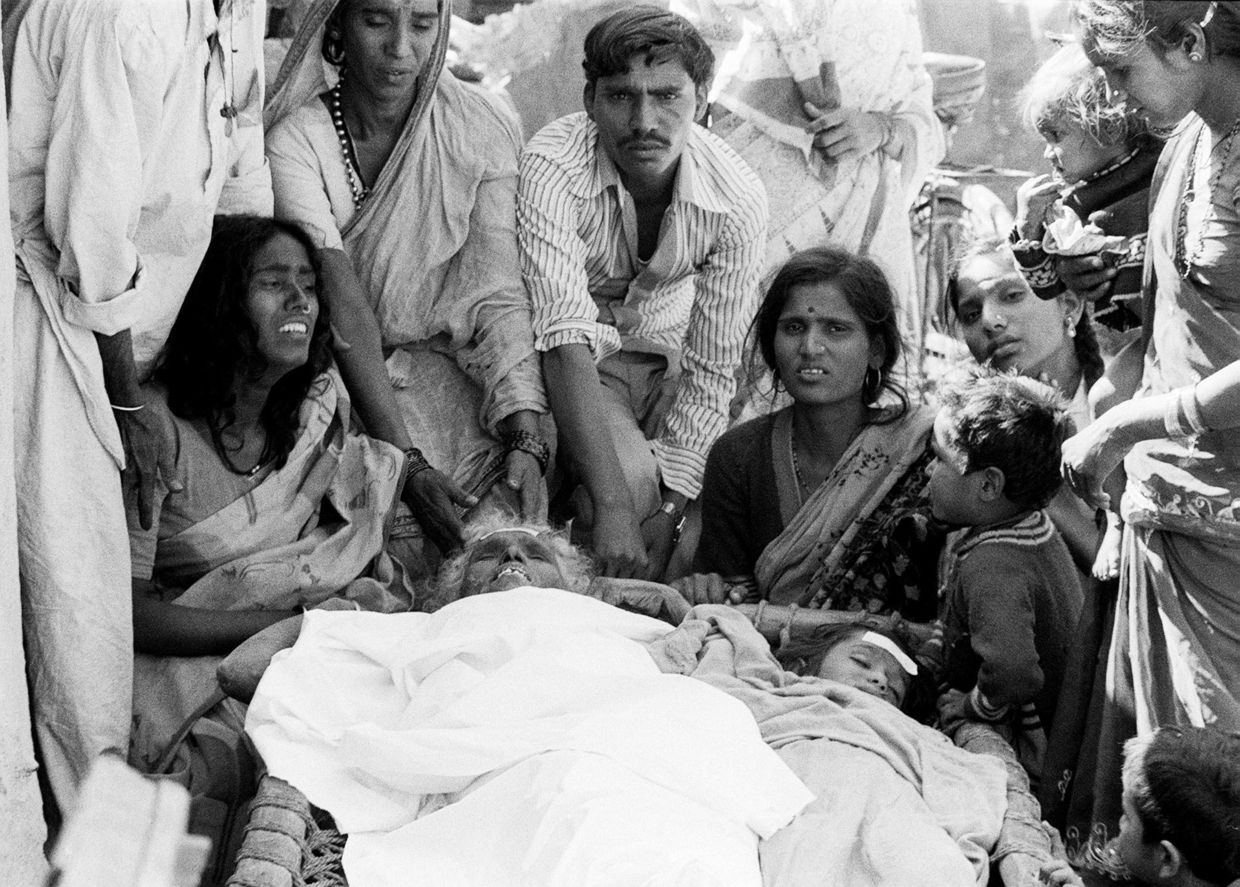
Both Union Carbide Corporation (UCC) and Dow Jones, which bought UCC in 2001, have claimed that the tragedy was the result of sabotage, not negligence. Continued legal proceedings concerning the issue of jurisdiction, and whether or not Dow Jones can be subject to trial in an Indian court, is scheduled for a hearing on January 18.
Union Carbide paid a “full and final” sum of $470 million in 1989 as compensation, and was ordered by India’s Supreme Court in 1991 to pay $17 million to set up the Bhopal Memorial Hospital and Research Centre (BMHRC), which is run by the central government’s Indian Council of Medical Research (ICMR).
Rachna Dhingra, a social activist associated with the Bhopal Group for Information and Action, working for the rights of gas victims, says that nine officials are facing contempt of court for not following the Supreme Court’s 20-point directive of 2012, which ordered the state government to remove toxic waste from the affected areas, ensure the smooth functioning of the BGTRR, and maintain proper records, among other things. The dissolution of the BGTRR following its merger would render the directive meaningless.
Shortage of doctors and specialists
The scale of the tragedy can be gauged from the fact that more than 150,000 people who have been chronically sick since the disaster are still seeking treatment. Financially the weakest in society, free treatment is all they can afford. Most suffer from chronic diseases with a high rate of neurological, immunological, pulmonary, and kidney problems, as well as an eight-to-ten times increased risk of cancer.
The Supreme Court on July 25, 2001, through writ petition 50/1998, mandated the state government to establish suitable measures for offering lifelong free medical care to the Bhopal gas victims and their children. In 2012, this petition was moved to the MP High Court in Jabalpur.
A government document accessed by RT states that in the last three years, four of these hospitals – Jawahar Lal Nehru Hospital, Khan Shakir Ali Memorial Hospital, Pulmonary Medical Center and Indira Gandhi Children’s Hospital – provided treatment to 29,72,544 people in the outpatient department (OPD) and treated 62,285 as in-patients (IPD). Among them, 12% of OPD patients (over 356,705) and 9% of IPD patients were gas-affected, while of the 231,166 OPD patients and 8,566 IPD treated in Kamla Nehru Hospital, 67% and 60% respectively were in this category.
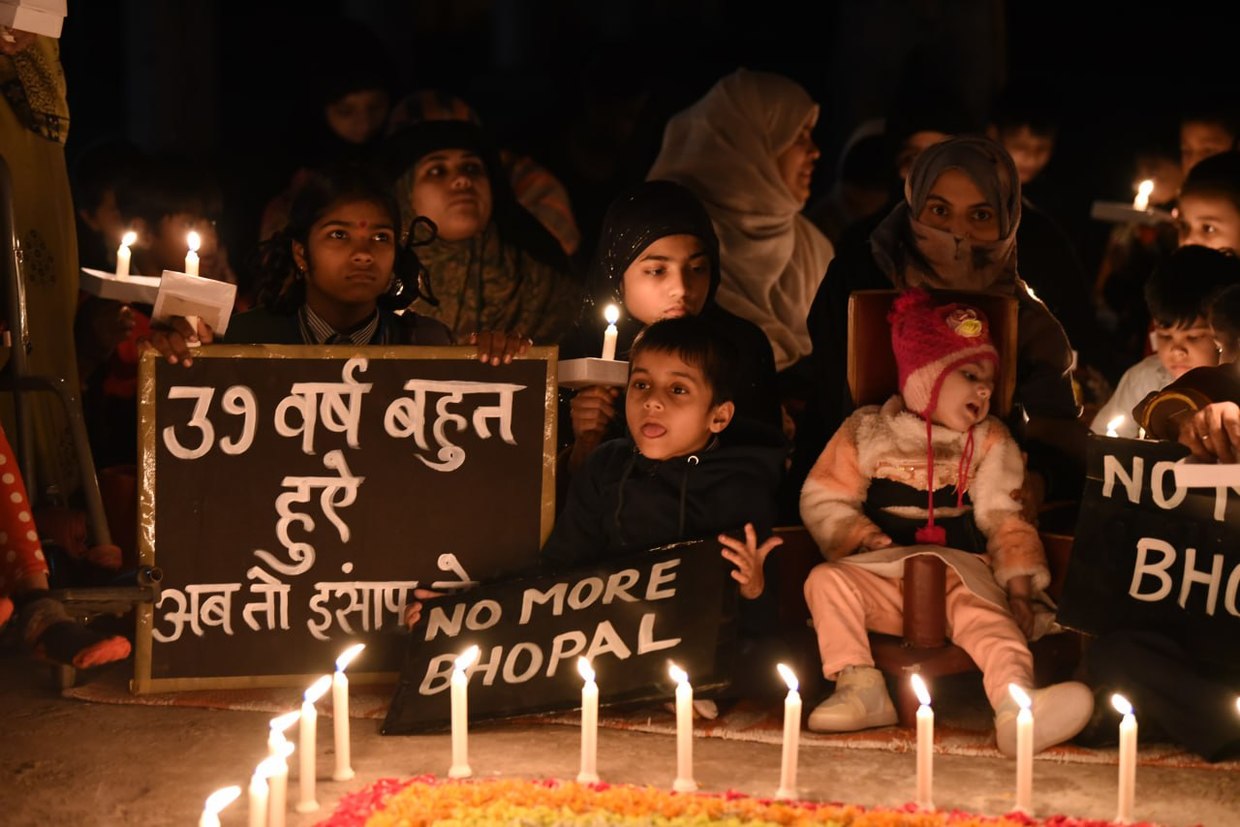
A study by the University of California San Diego (UCSD), published in the June 13 issue of BMJ (British Medical Journal) Open, revealed the long-term implications on the health of the survivors as a result of inhaling the toxic methyl isocyanate.
It shows that men who were ‘in utero’ at the time of the 1984 disaster are more likely to have a disability that affected their employment 15 years later, and had higher rates of cancer and lower educational attainment over 30 years later. Changes in the sex ratio among children born in 1985 suggest the disaster affected people as far as 100km away.
“In the light of the recent findings, the role of the department becomes all the more important,” says Dhingra.
Despite the formation of specialized healthcare, the absence of availability of senior doctors and medical facilities in these hospitals makes providing tertiary care treatment difficult, as state government records show.
The MP government sanctioned posts of 54 specialists, 100 medical officers, 292 nursing paramedical staff, 86 ministerial staff, and 345 fourth-class positions in Jawahar Lal Nehru Hospital, Khan Shakir Ali Khan Hospital, Pulmonary Medicine Center, and Indira Gandhi Women and Children’s Hospital. Similarly, 89 first-class, 157 second-class, 601 class-three and 400 class-four posts were approved for hospitals and dispensaries started under the Gas Tragedy Relief Department. The state government created 236 posts for the operation of Kamala Nehru Hospital and 11 posts for the office of Joint Director, Health Services.
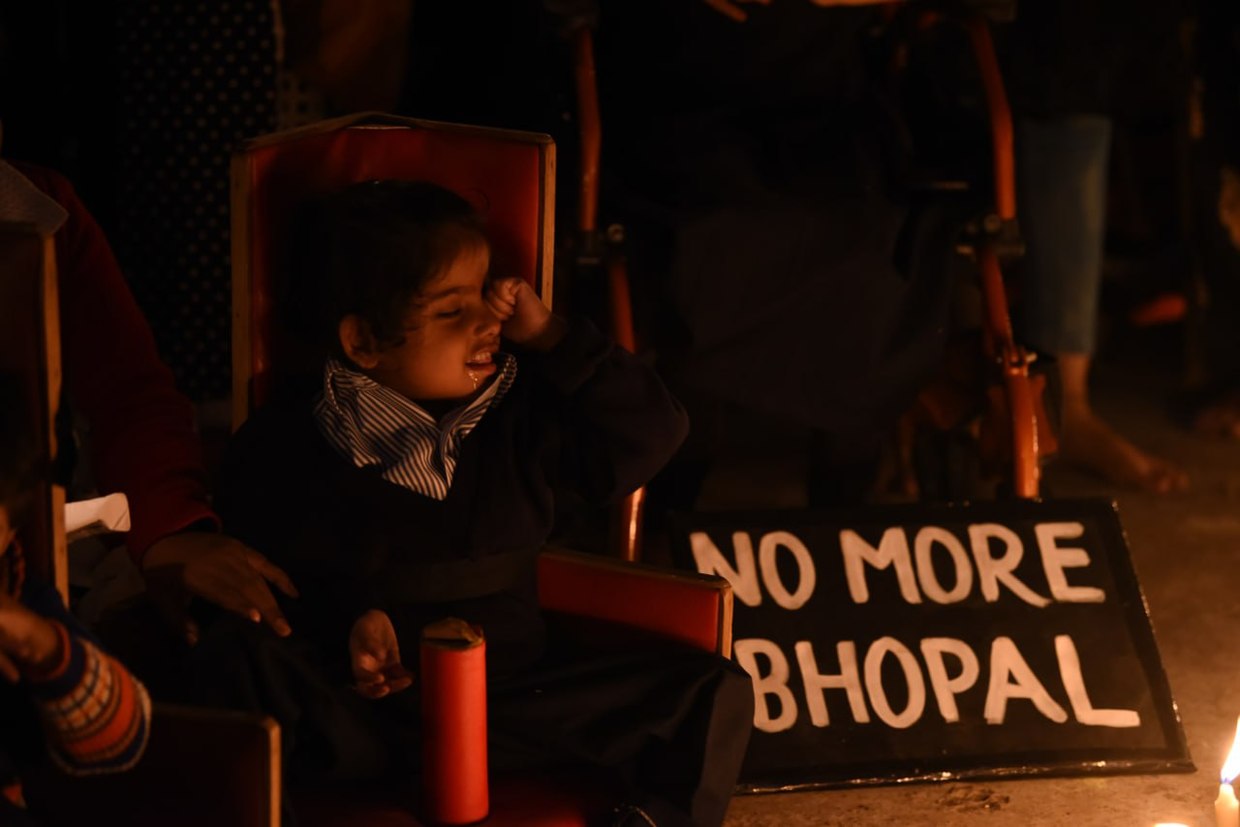
Out of the 157 sanctioned posts, 39 doctors are on deputation from other healthcare posts and are neither specialized nor regularized; 60 are working on contract; and 58 posts still lie vacant. Due to the non-availability of anesthesiologists, surgeries and gynecological operations cannot be held in these hospitals.
“One of the biggest issues in these gas tragedy relief hospitals is that there is about 80% shortage of specialists, and close to 60% shortage of doctors and the department still continues to be a temporary department even after 39 years,” says Dhingra.
Nasreen Bi, another victim, suffers from gynecological problems and was dependent on the Jawaharlal Nehru Gas Rahat Hospital for treatment until last year. She had to seek care in a private hospital when she found no relief.
“The hospital has all the machines and an operation theater but there are no doctors, anesthesiologists, radiologists and surgeons there,” Nasreen said. “The doctors are unable to identify how the inhalation of MIC gas has affected our bodies so the medicines they prescribe do not really seem to work. I had to ultimately spend a huge sum of money in a private hospital.”
Visiting victims of the tragedy, Kunwar Vijay Shah, the new BGTRR minister, emphasized the need for comprehensive efforts to improve the operation of all six hospitals under the gas relief scheme, coordinating with other government facilities for specialized services.
“The department’s initiatives aim to provide gas-affected individuals with essential facilities, particularly medical services and social support,” he said in an official statement on January 11, 2024. “The department is also working on economic self-sufficiency for the affected.”
RT has contacted the BGTRR minister for comment regarding the proposed merger, but his department has yet to respond to inquiries.
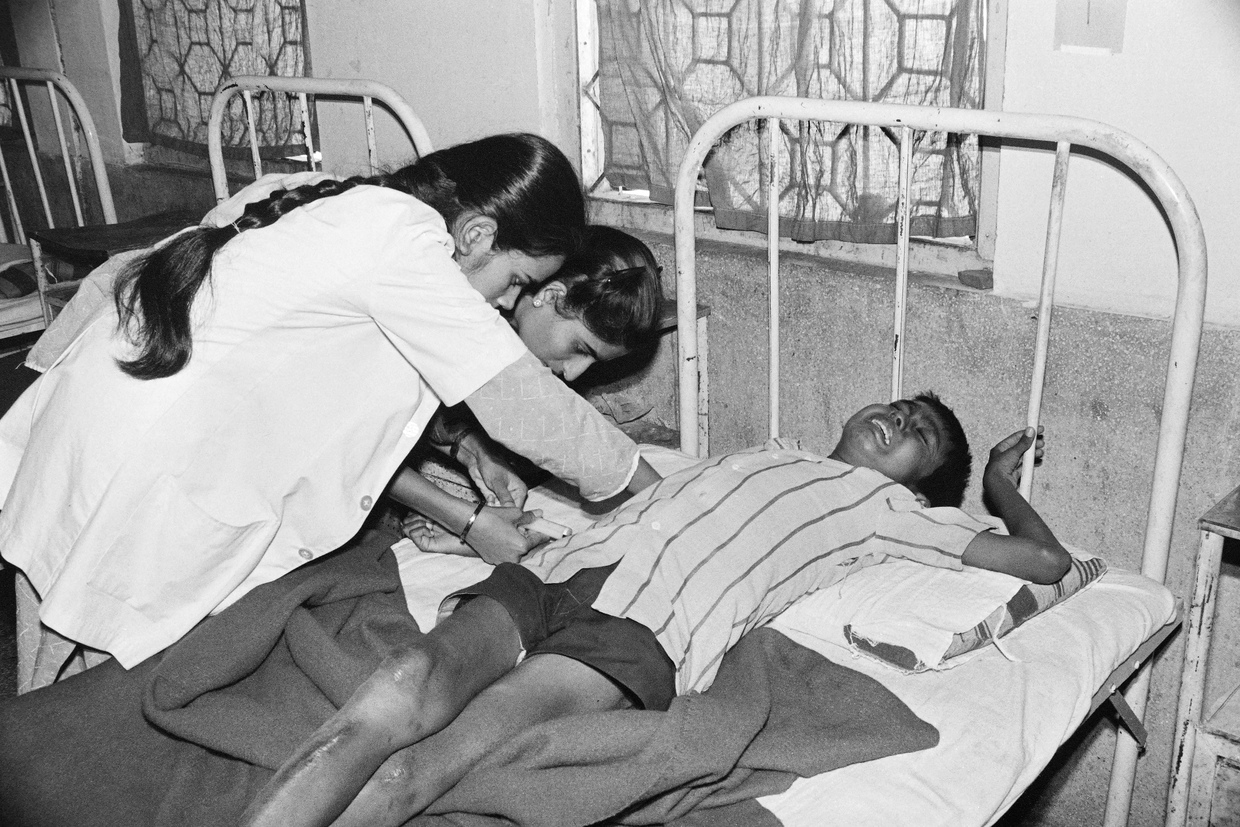
The merger
The confidential document states that in line with the 2001 directive of the SC, it was in the best interests of the victims if the hospitals under the BGTRR were transferred to the Public Health and Family Welfare Department. The document seeks the approval of various departments and authorities for this transfer, listing the shortage of anesthetists, radiologists, and doctors in these hospitals as hurdles in providing proper treatment.
It states that transferring hospital buildings to the Public Medicine and Family Welfare Department will provide victims “access to state-of-the-art facilities.” The proposal includes the transfer of services, equipment, and medical supplies to streamline operations and provide better care for gas victims.
But activists fighting for the rights of the victims feel differently. They believe that a better solution will be to make the department permanent, so that it can actually hire doctors and specialists with the pay that they deserve.
Purnendu Shukla, a member of the SC committee that monitors the BGTRR, says that the state government fills the posts of doctors through deputation from the Public Health and Family Welfare Department. But due to the shortage of doctors in the Health Department and the Medical College itself, the difficulty arises in filling the posts, leaving several positions in the Gas Tragedy Relief hospitals vacant for the last several years.
“Even ten years back such a proposal was being discussed and the same is happening now,” says Shukla. “The state government’s attitude towards running BGTRR is casual and lax. Instead of talking about merging the departments, they should ask for a higher budget and hire doctors and specialists permanently instead of a contractual or ad-hoc basis.”
He says that the state government cannot take this proposal forward without the monitoring committee’s permission.
Dhingra, on the other hand, raises another aspect of the merger. “Merging the two departments will hinder data collection of the survivors,” she says. “More than 3,000 people visit the six hospitals and nine dispensaries under the Gas Tragedy Relief department. We do not have the actual numbers of 2023 as in 2019 the department stopped publishing its annual reports. If the department is merged or closed it will lose all its focus in collecting data on ailments connected to the disaster, its treatment and consequences.”
She adds that only American giants Union Carbide and Dow Chemical stand to gain if a special focus on monitoring, identification, and treatment of long-term toxic-related ailments is stopped.
Though Nasreen’s experience at the BGTRR hospital was not a positive one, she knows the importance of these hospitals for the economically weaker.
“I had some money to spare so I could afford to go to a private hospital, but there are many families who after losing their sole bread-winners due to the after-effects of the tragedy cannot spend huge sums of money in private hospitals. For them, these hospitals are their lifeline which were exclusively established for them,” she adds.
Where India Meets Russia – We are now on WhatsApp! Follow and share RT India in English and in Hindi

